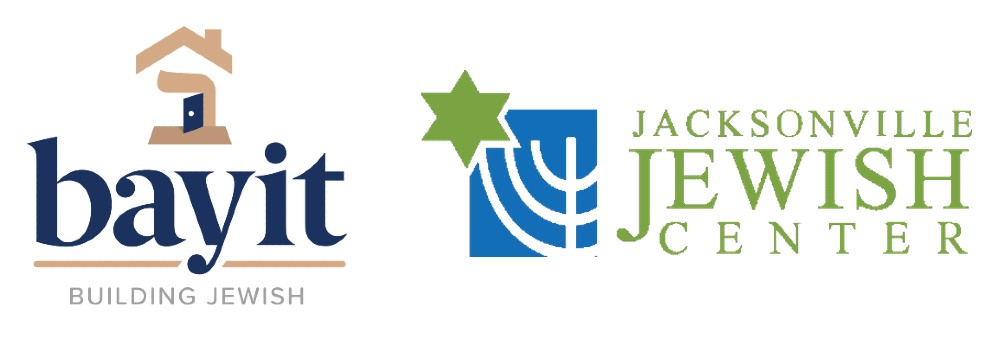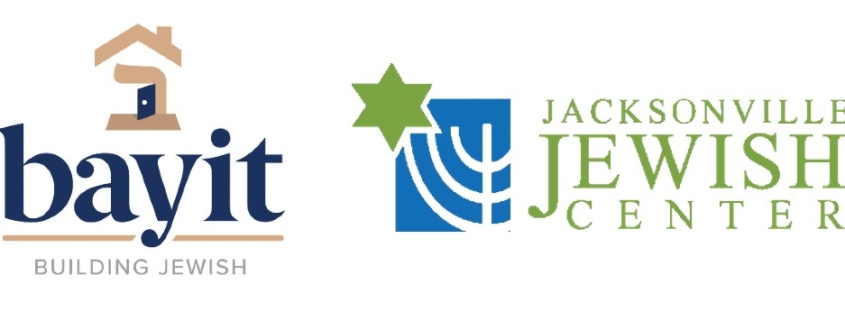If We Build: D’varim 5783

It’s Shabbat Hazon, the “Shabbat of Vision.” This Shabbat gets its name from tomorrow morning’s Haftarah, in which Isaiah describes a vision of calamities that will befall Jerusalem and the Jewish people. Sure enough, we’re approaching the end of the Three Weeks leading to Tisha b’Av. If this is the Shabbat of Vision, it’s easy to see what’s coming: the fall of the Temple.
Not all Jews deeply feel Tisha b’Av, or mourn the destruction of the Temple, but the fall of the Temple remains the quintessential Jewish tragedy of loss and exile. And yet that hurban – that destruction – enabled the birth of rabbinic Judaism. Our forebears wrote the Mishnah precisely to preserve memory of what had been and to start rethinking what had been.They took the foundations of the Judaism that had come before, and began to build something new.
Later, in the conversations that became Gemara, the scaffolding of construction rose higher and stretched more broadly. And then others built on those foundations. Today we inhabit a Judaism of so deliciously many rooms! Jewish life and practice now take some forms that our ancestors couldn’t have imagined. But all are built on the foundations we inherited from our forebears. They built the Judaism that their moment needed, and so too do we.
The destruction of the Temple is foundational for the Jewish people not only because it sent us into Diaspora all over the world. It’s foundational because it laid down the principle on which Judaism as we know it continues to unfold: we all need to be builders. The Jewish future is always under construction. That’s the founding principle of Bayit.
In Talmud we read:
Wise students increase shalom in the world, as it is said: “And all your children shall be taught of God, and great shall be the shalom of your children” (Isaiah 54:13). Don’t read it as “your children,” [banayikh], but “your builders” [bonayikh]. (Brakhot 64a)
It’s our job to increase shalom in the world: not just “peace,” but shleimut – wholeness, completeness. No one is a spectator to this holy calling. All of us are called to take up our tools and keep building Judaism. That’s one of our core values at Bayit, and as we say in Texas where I grew up, “Y’all means all.” All ages, all gender expressions and sexual orientations, all races and ethnicities, all branches of Judaism, clergy and laypeople, rationalists and mystics.
At Bayit we create and curate meaningful tools for building the Jewish future. Like our forebears, we remix tradition with innovation, what’s been with what’s next. Some of our “builds” are new books, or new prayers, or new practices. Some are games – you’ll get a taste of that tomorrow at Shabbat lunch. All of our “builds” seek to engage in new ways or deeper ways, with a first-hand sense of participation and investment in the experience.
How we build is as important as what we build. Building the Jewish future is an iterative process. We try something new. Measure whether it worked. (What does it mean for a prayer or a ritual or a game to “work,” anyway?) We get feedback. We tweak and improve. And then we try again. You could call this design thinking, or research and development. I call it fun.
Does it feel weird to be thinking about fun on the cusp of Tisha b’Av? Maybe a better word is nourishing. Even when what we’re building is new liturgy or updated ritual for Tisha b’Av – like collaboratively writing the text we called Megillat Covid during the early months of the pandemic, or setting an Amanda Gorman poem to Eikha trope – there’s shleimut in doing it.
There’s shleimut in part because we’re building together. In our Liturgical Arts Working Group (a creative collaborative of writers, artists, and liturgists) we’ve got Reform Jews and Orthodox Jews, clergy and laypeople, spanning the continent. Together we’re more than the sum of our parts, and together we can build in ways that none of us could’ve done alone.
The Judaism of the future needs all of us, in all that we are and all that we can become. That’s one of my favorite ways to understand the teaching from Torah that we’re made in God’s image (Gen. 1:26). Each of our souls is a facet of that ineffable Whole we name as God, which means the only way for the image of God to be complete is for all of us to build together.
And a Judaism of shleimut asks us to be authentic. In spiritual life and ethical life, the things we do and the way we do them, we need to bring our whole selves to the table. The work of building Judaism requires us to be real with each other, with our traditions, and with our Source. Otherwise what we’re building would rest on flimsy foundations.
The Judaism of the future won’t look exactly like the Judaism of today, any more than what we do looks exactly like the Judaism of 800 or 2,000 years ago. With all due respect to the great Rabbi Moses Shreiber of Pressburg, the Hatam Sofer (d. 1839) who claimed in a streak of preservationism that anything new in Judaism is automatically forbidden, change has always been built into Judaism. When the Temple fell, we took broken pieces of tradition as we’d known it and we built something beautiful and new. Even the Temples were a re-framing of what had come before, a traveling Mishkan in the desert, which replaced the stone altars of Abraham, Isaac and Jacob.
Rabbi Isaac Luria (d.1572) taught that when God began to create, God’s infinite light streamed into creation. The “vessels” that were meant to hold that light were too fragile, and they shattered. The world as we know it is full of the broken shards of those original vessels, concealing sparks of creation’s original light. Our job as Jews – and I would say, our job as human beings – is to repair the world’s broken pieces and uplift those holy sparks. That was the original meaning of tikkun olam: literally, taking up our tools and repairing our broken world.
It’s Shabbat Hazon. When we look around, we can see plenty of brokenness.
But brokenness isn’t the end of the story. The very fact of Judaism itself proves that, to the contrary, it’s only the beginning. It’s an invitation to create something new, and a spiritual mandate to do so together. On our spiritual calendar, Tisha b’Av next week begins the seven-week runway to Rosh Hashanah and the infinite potential inherent in every new year. The Judaism of tomorrow will be what we make it, and especially on this Shabbat of Vision, I can’t wait to see what we’ll build together next.
To remix Theodore Herzl (the “father” of modern political Zionism) with the 1989 Kevin Costner classic Field of Dreams, if we build it, it is no dream.

R. Rachel Barenblat is a founding builder at Bayit. She serves Congregation Beth Israel of the Berkshires and is author of several volumes of poetry. Learn more at the Bayit Board page.
(Cross-posted to Velveteen Rabbi.)



